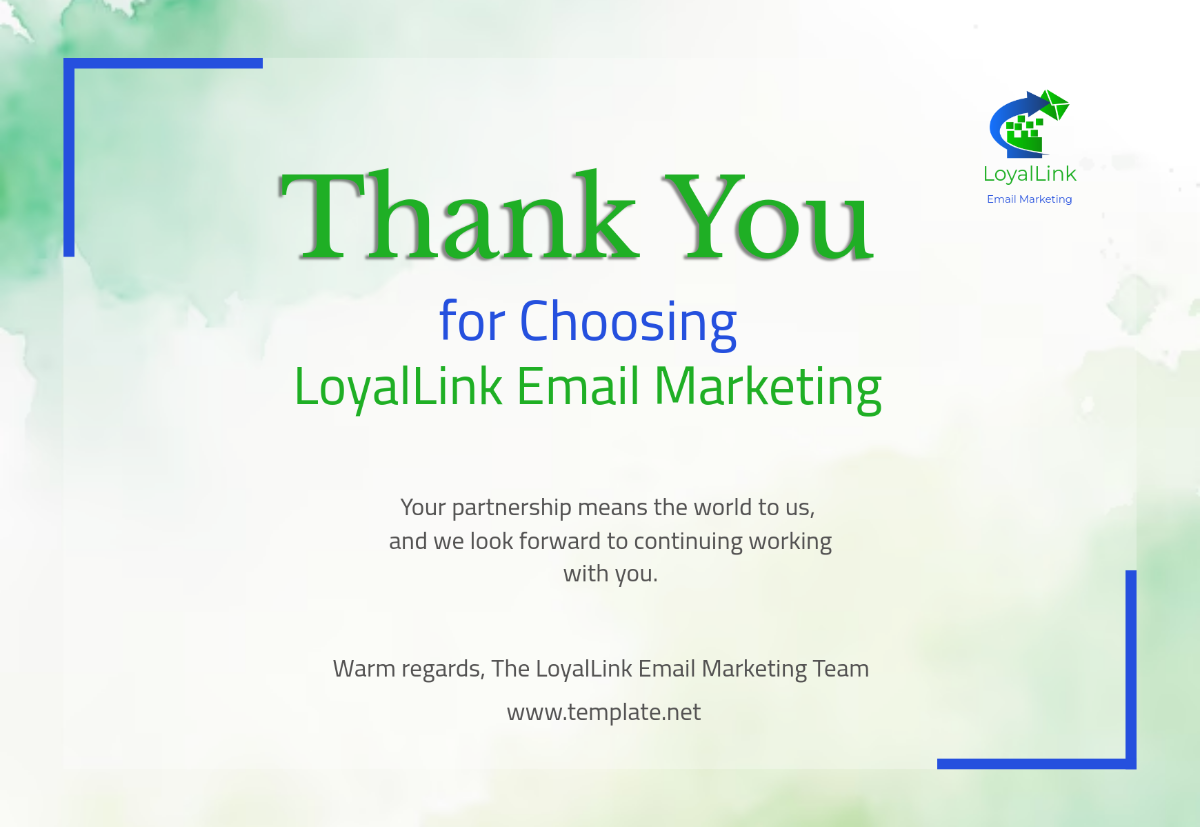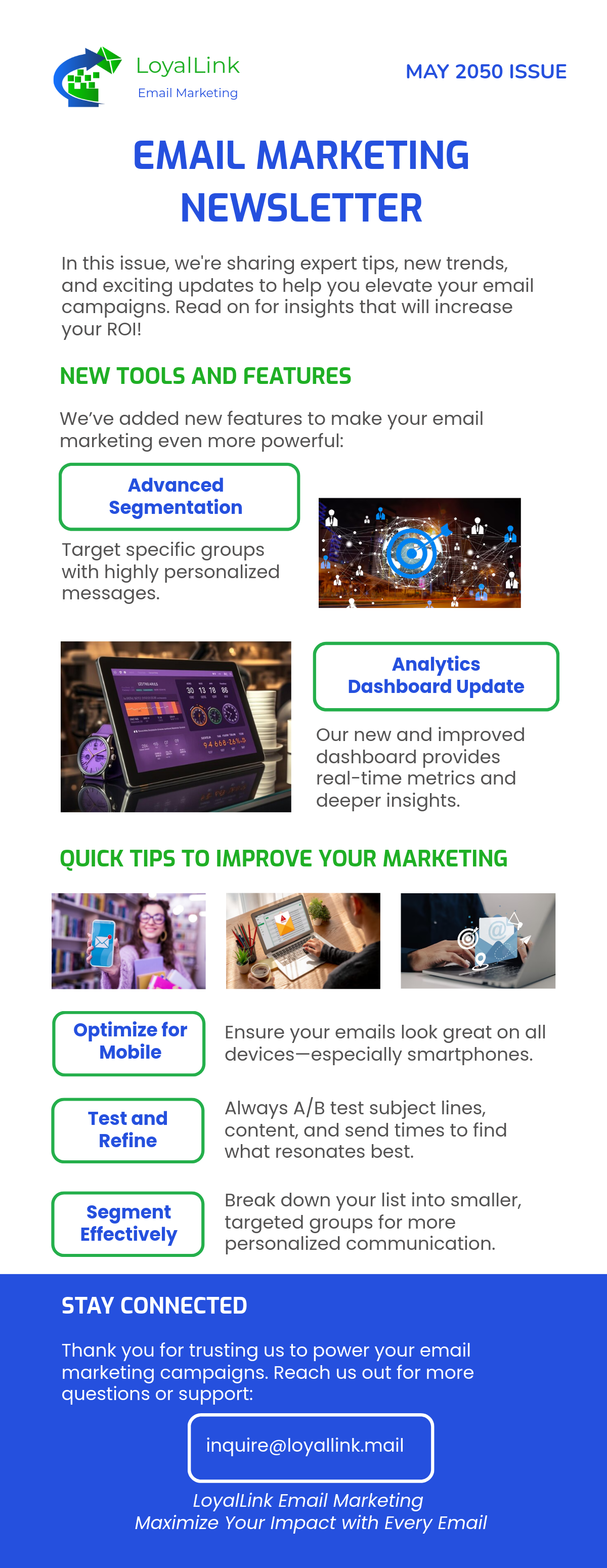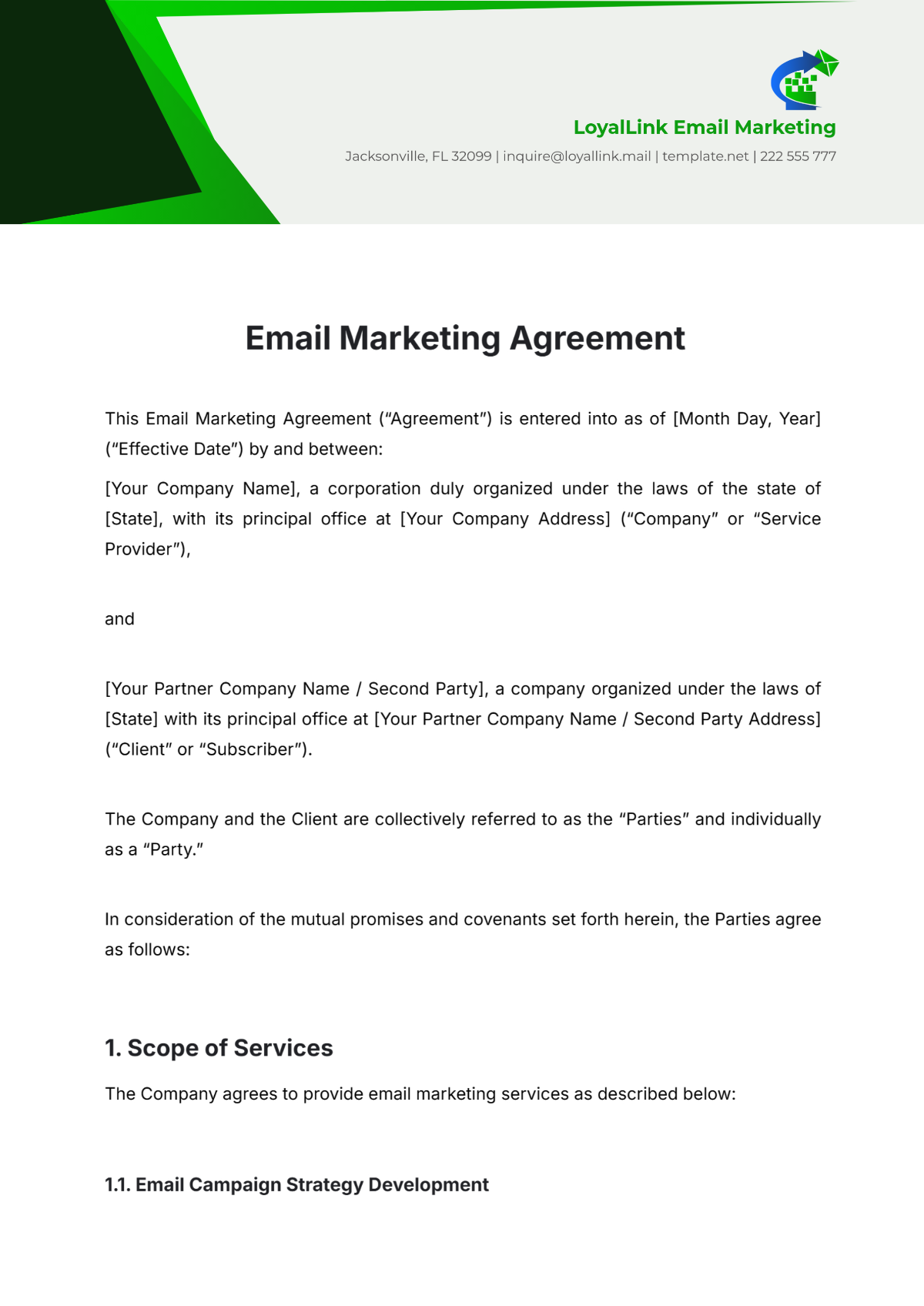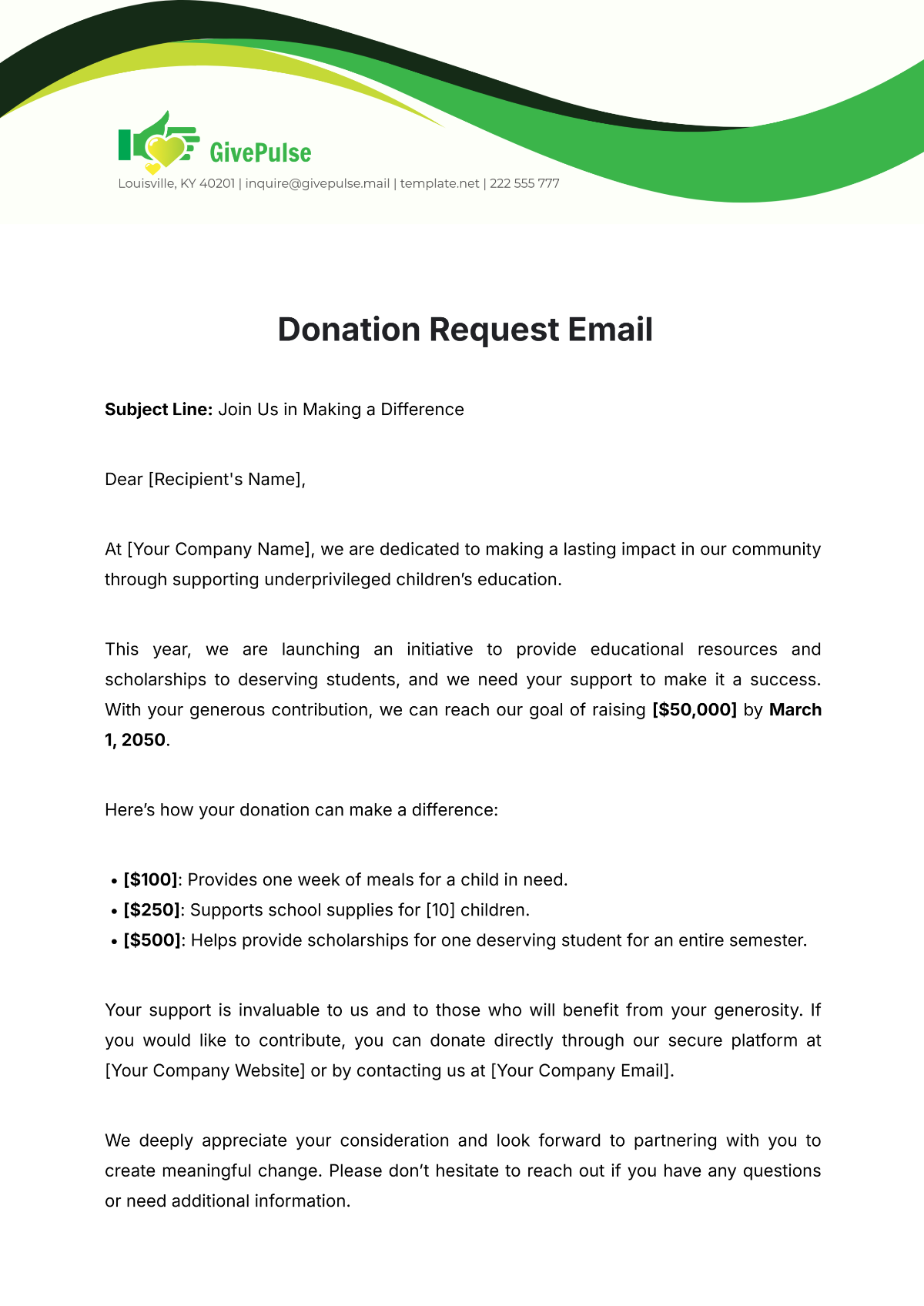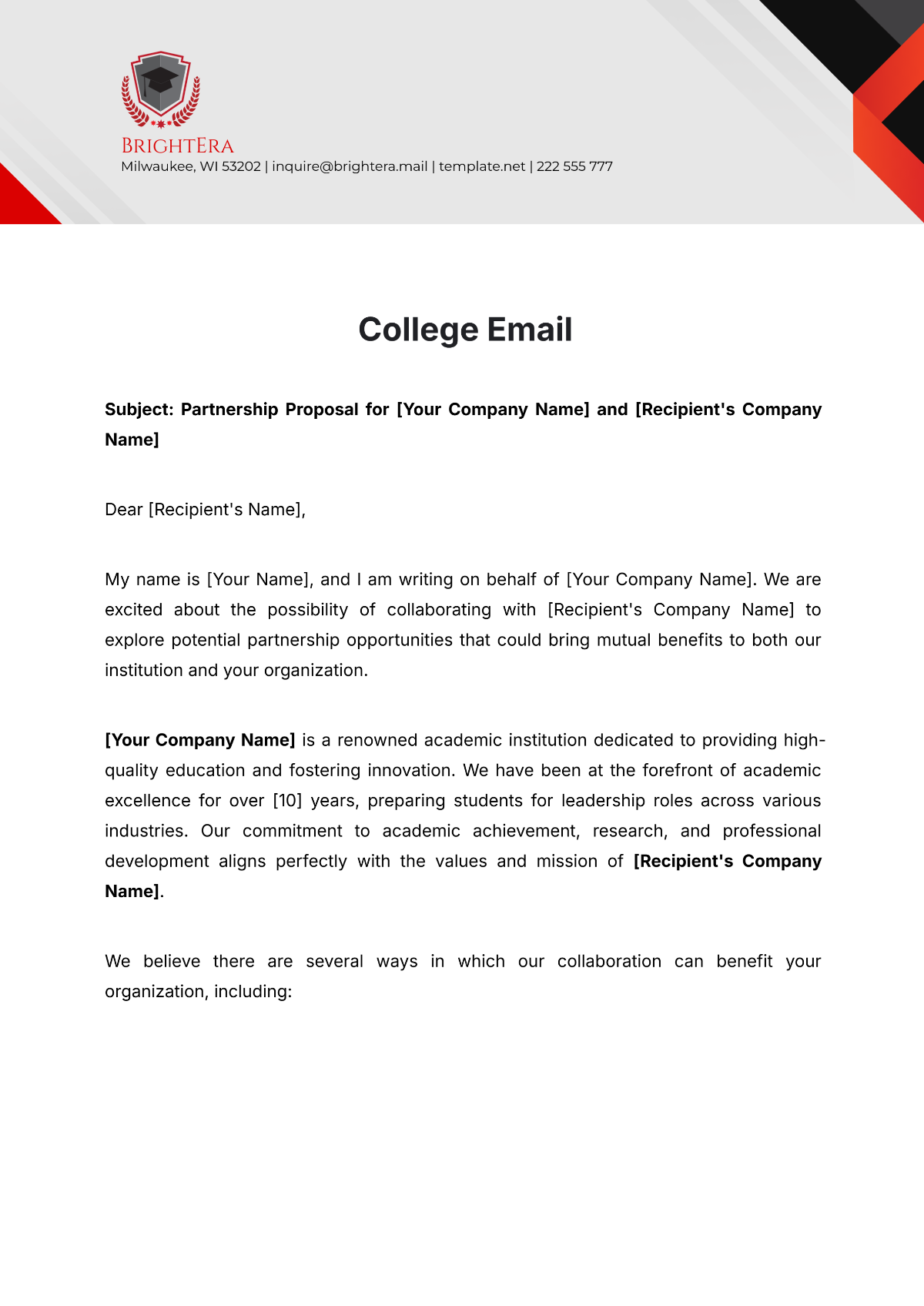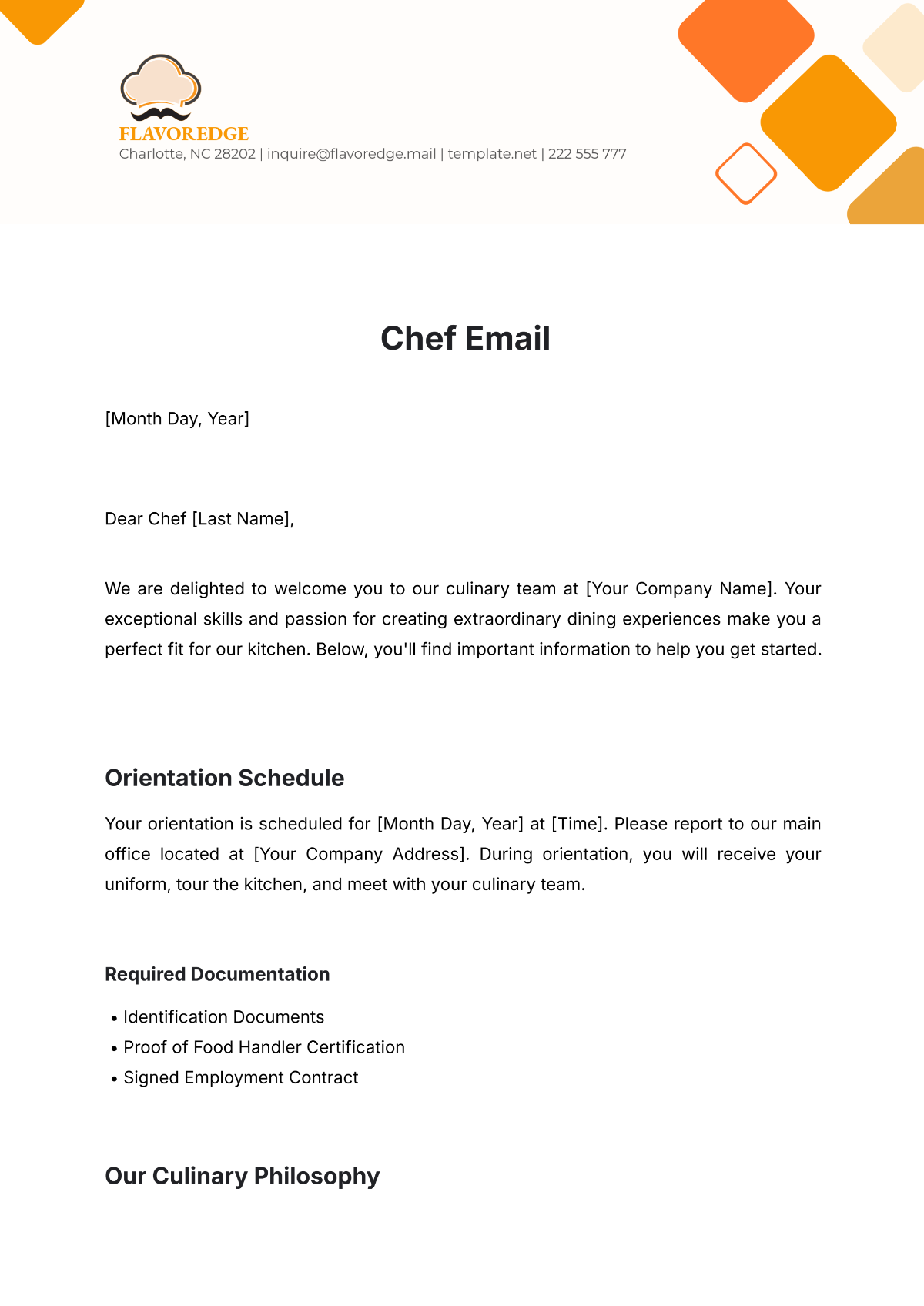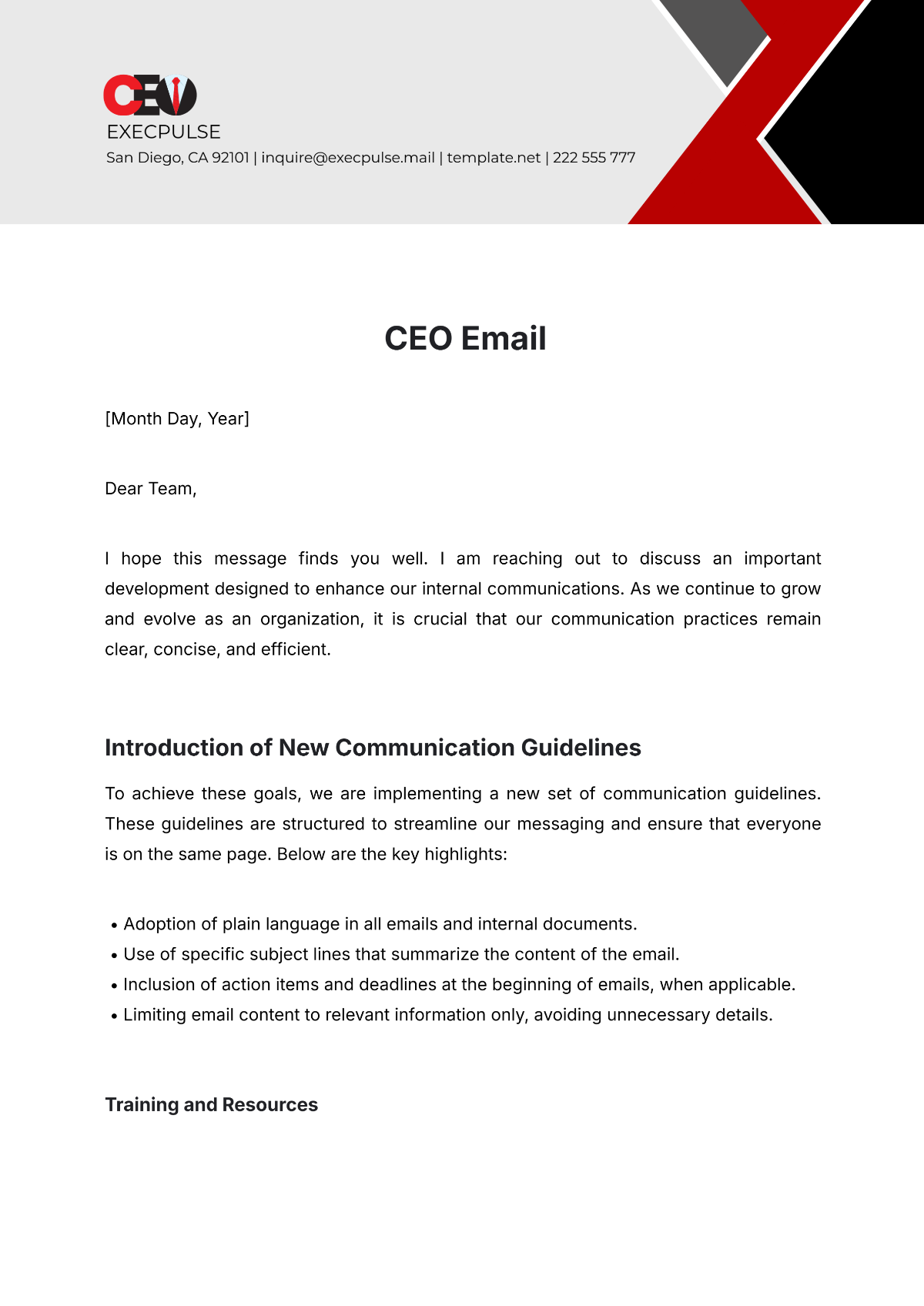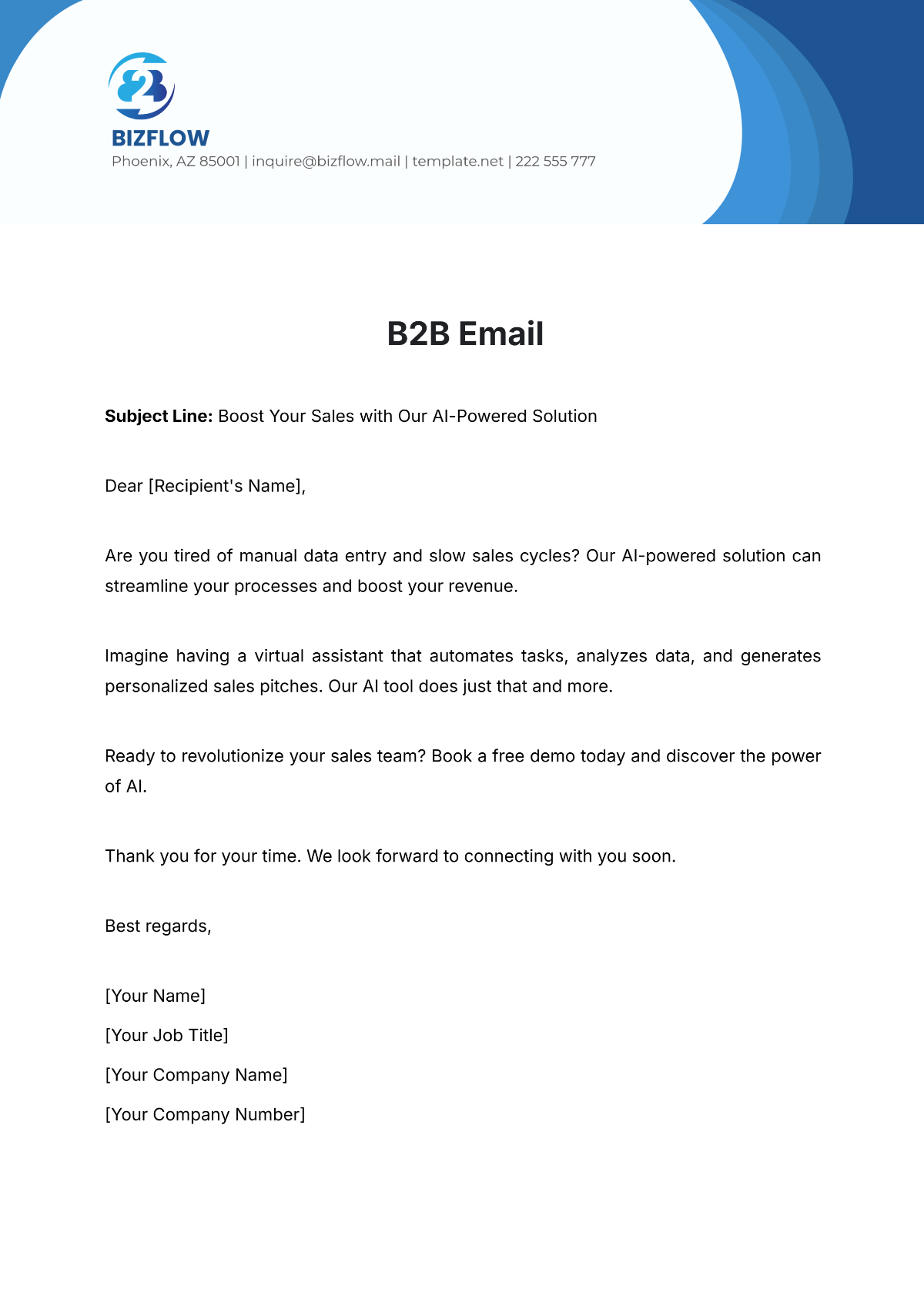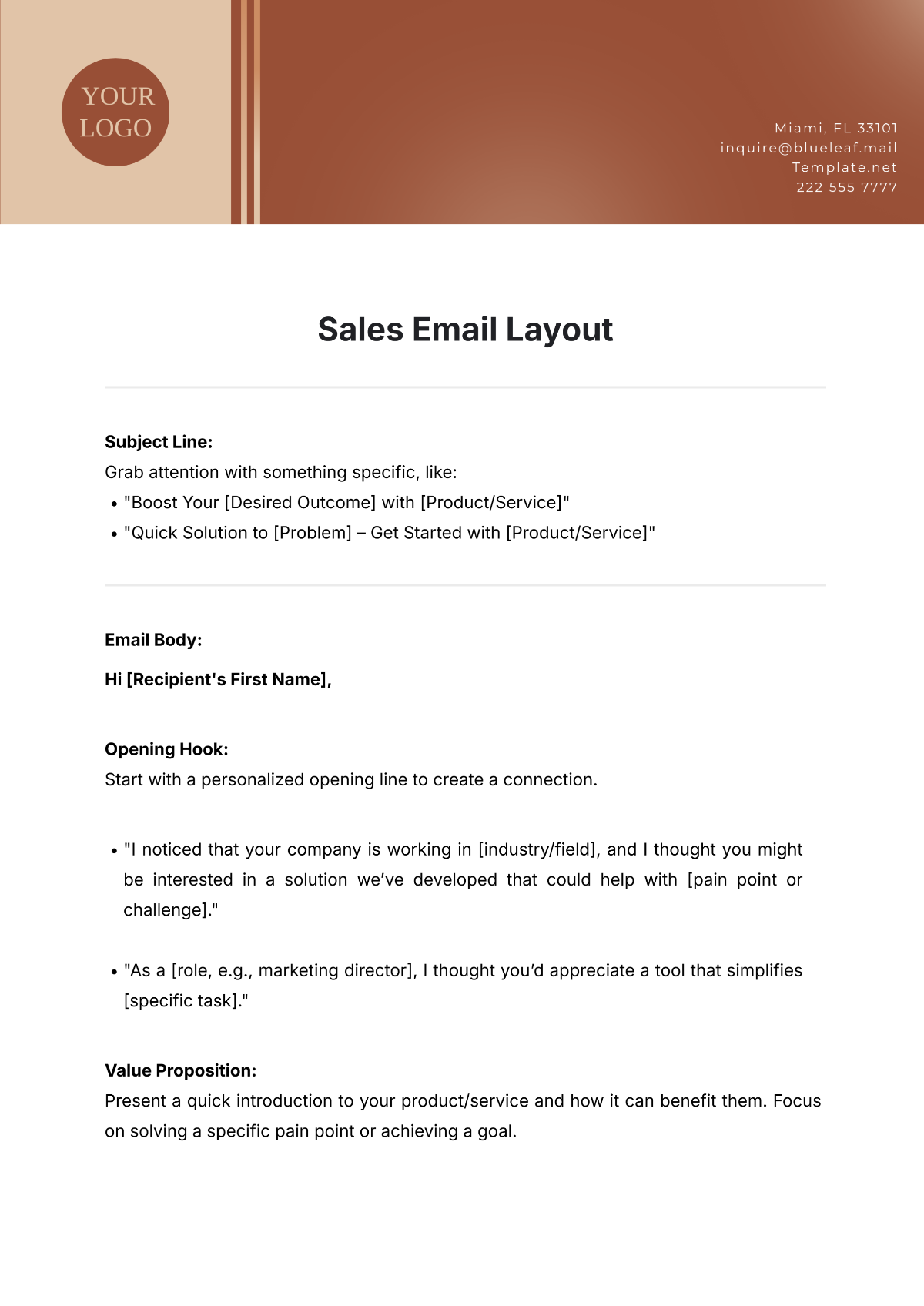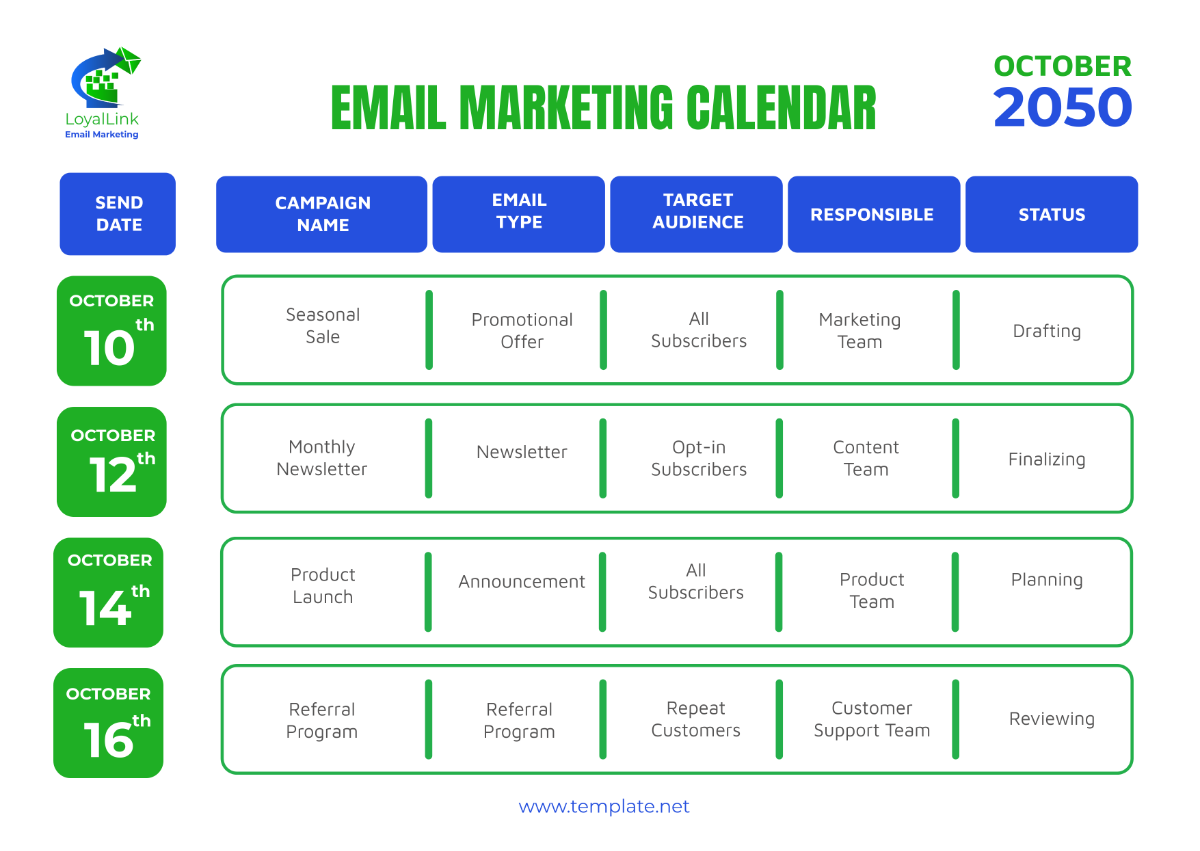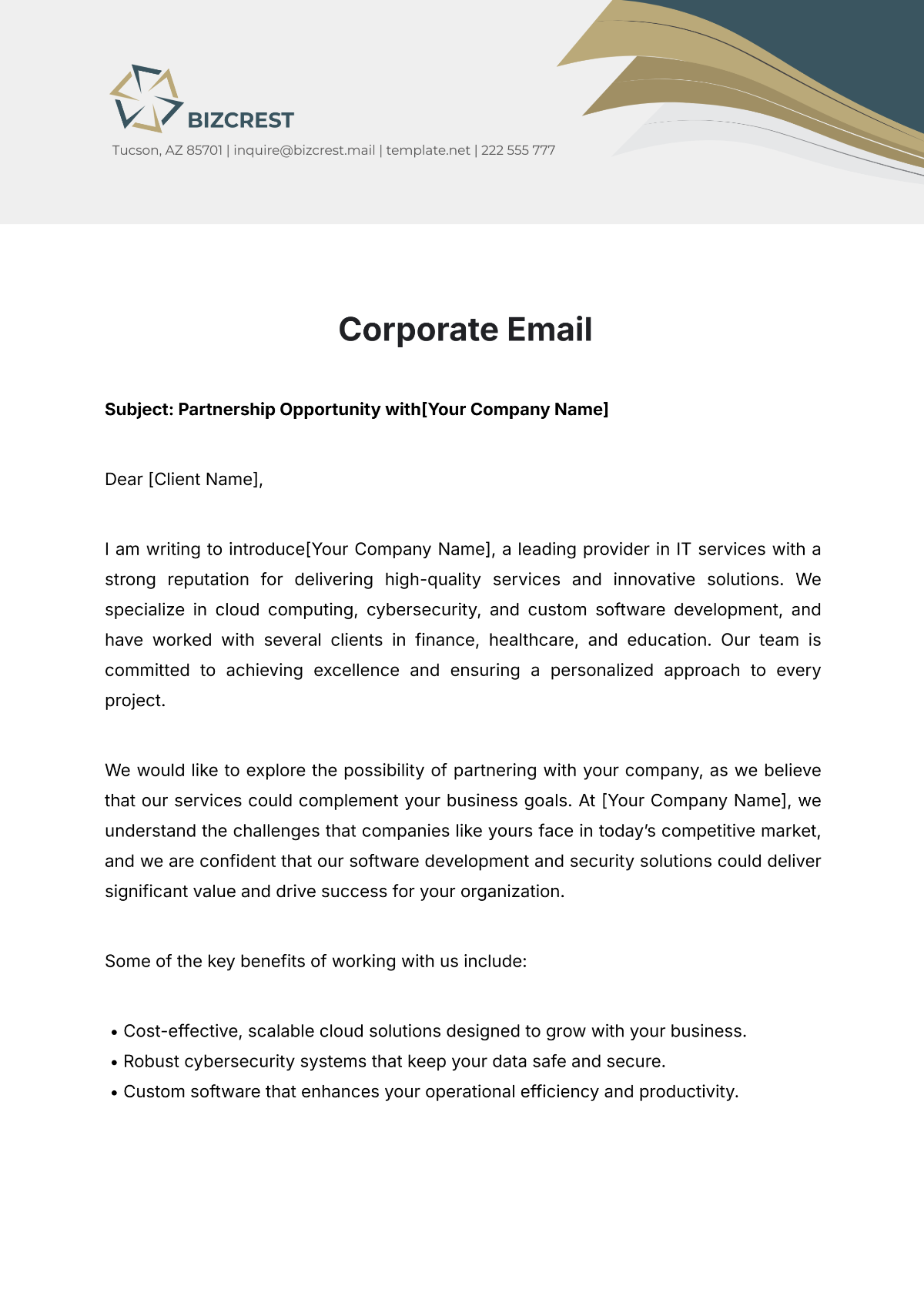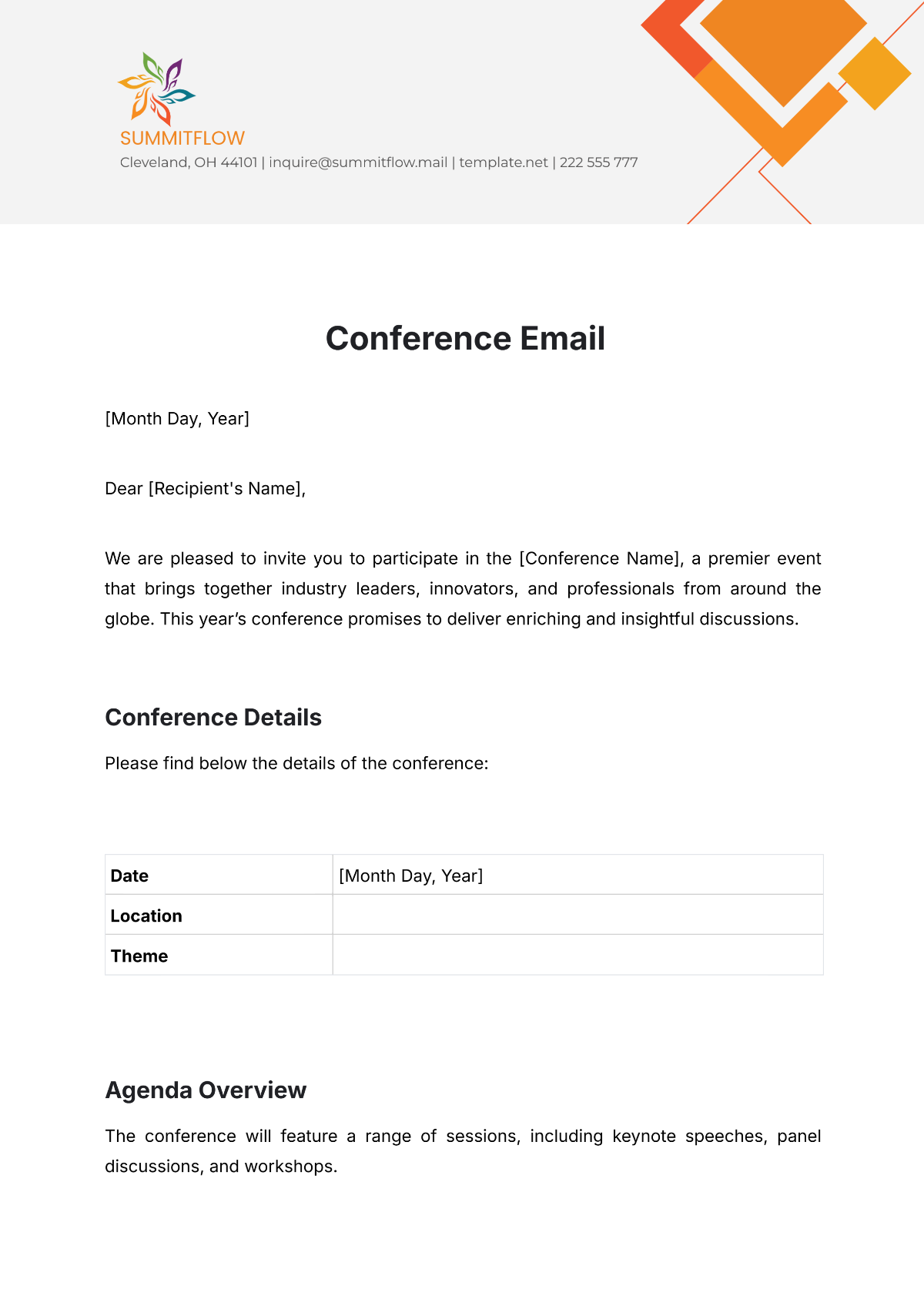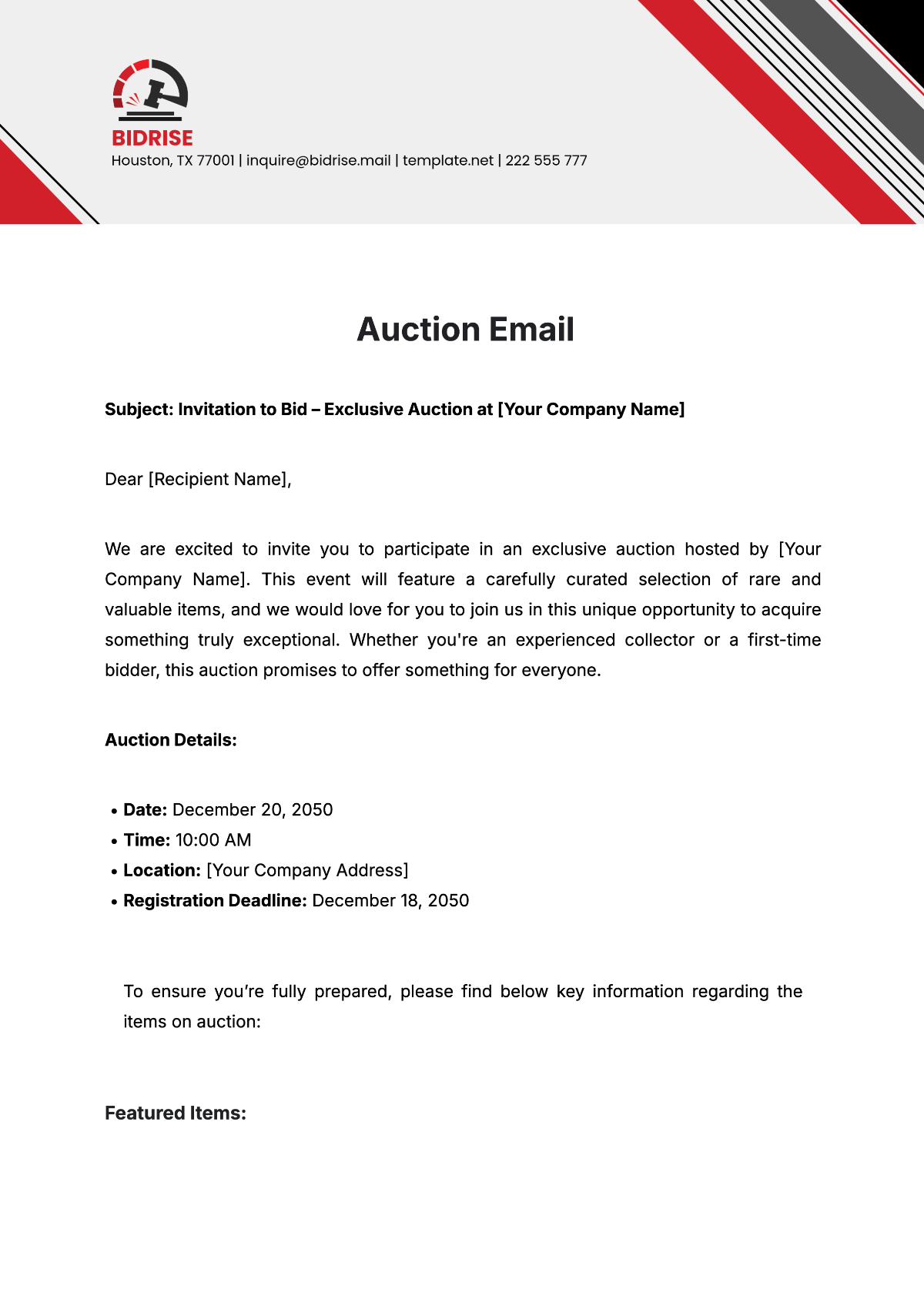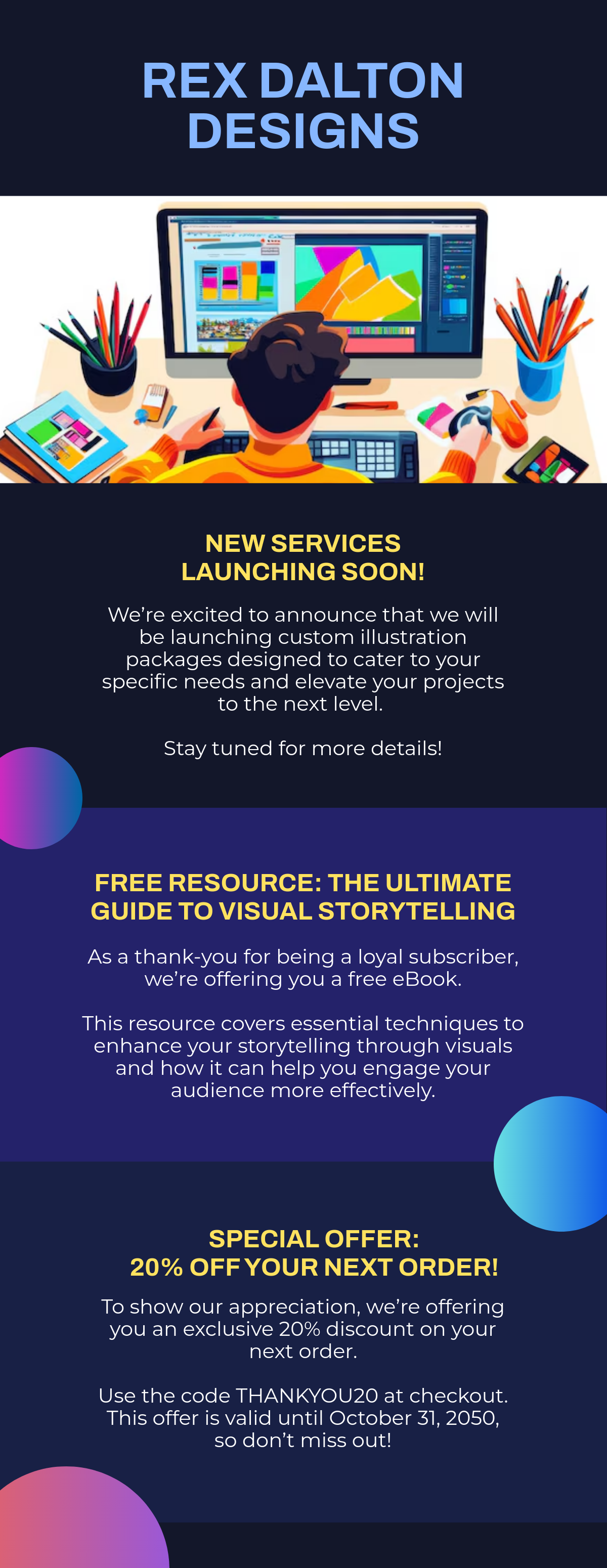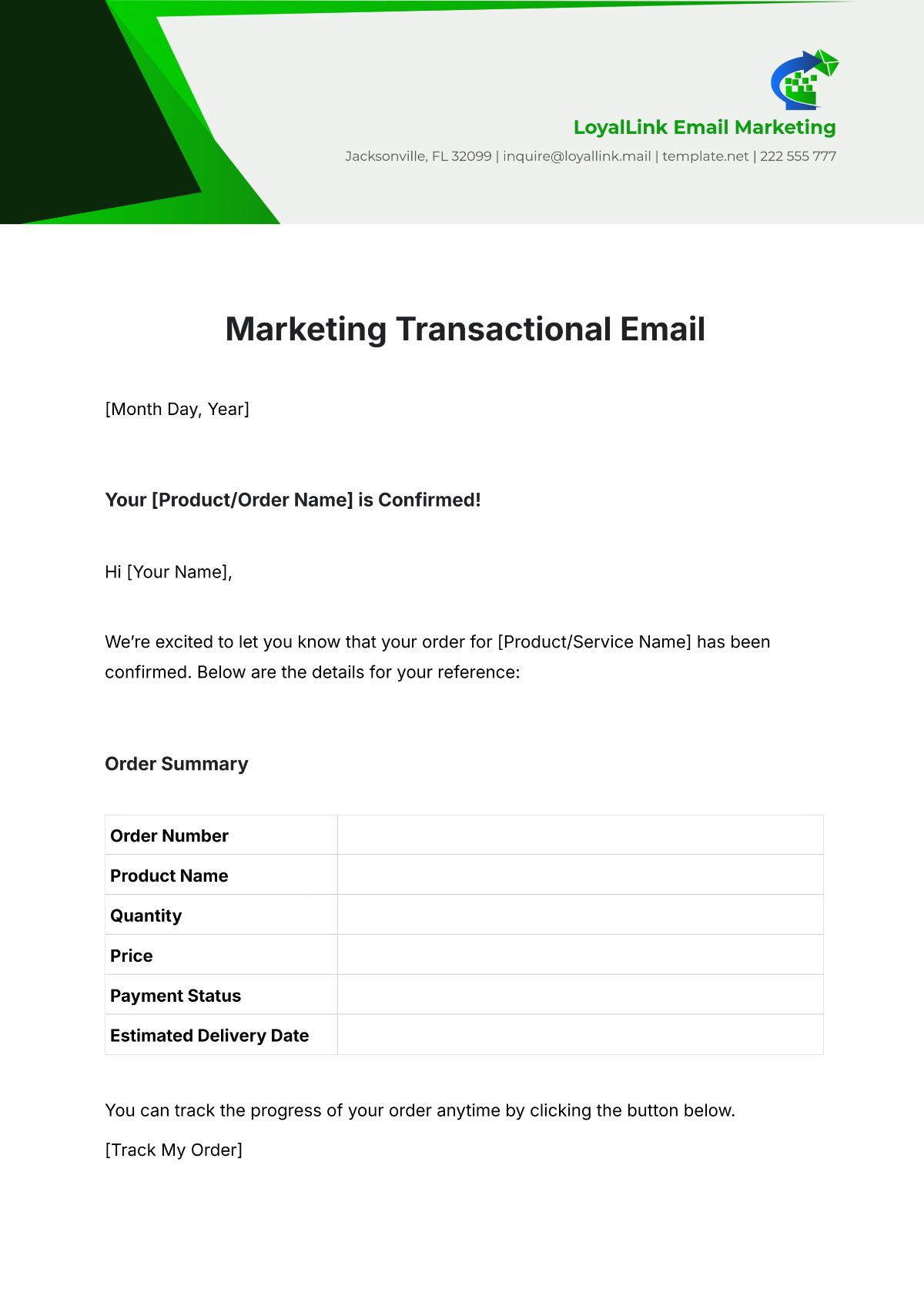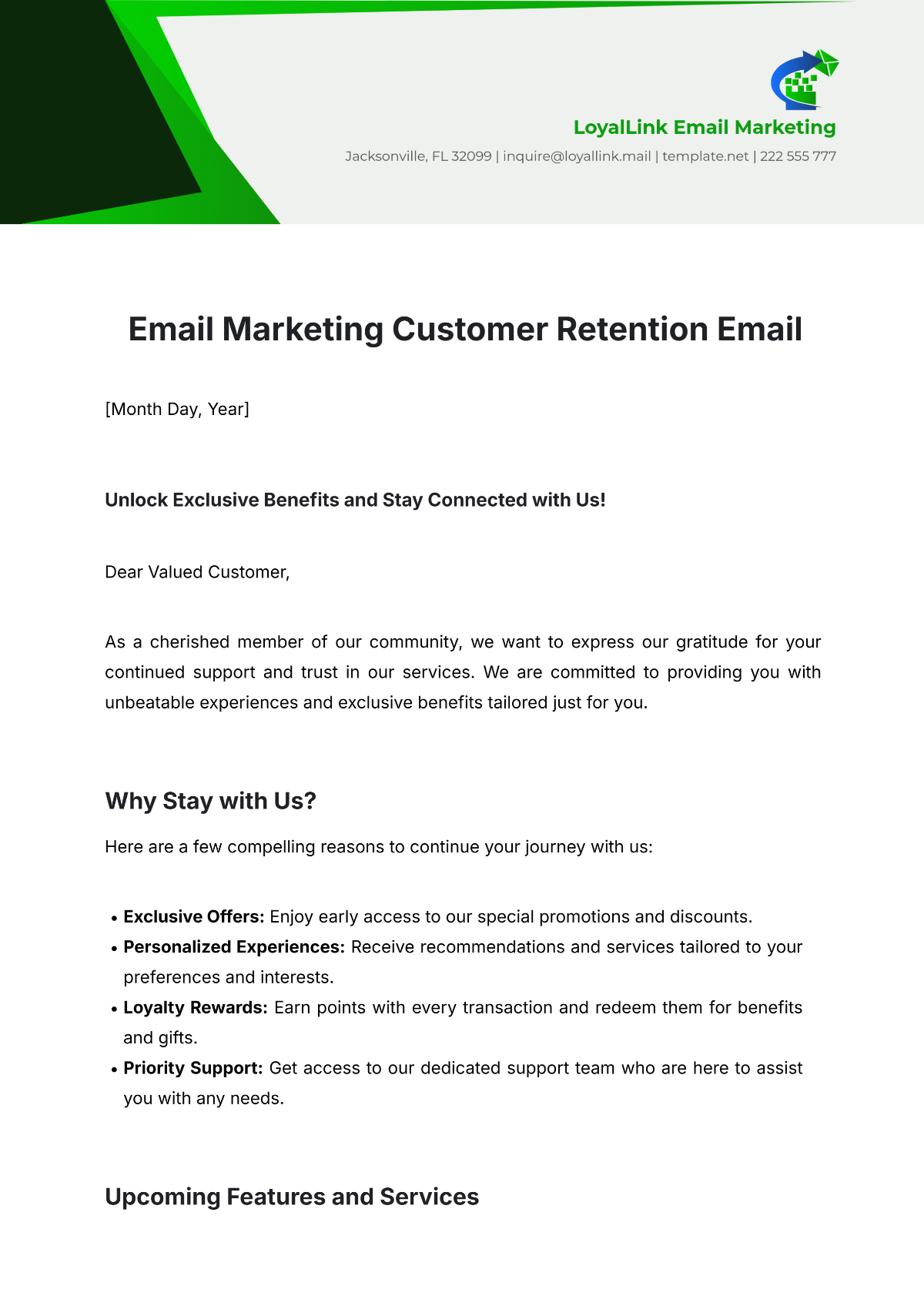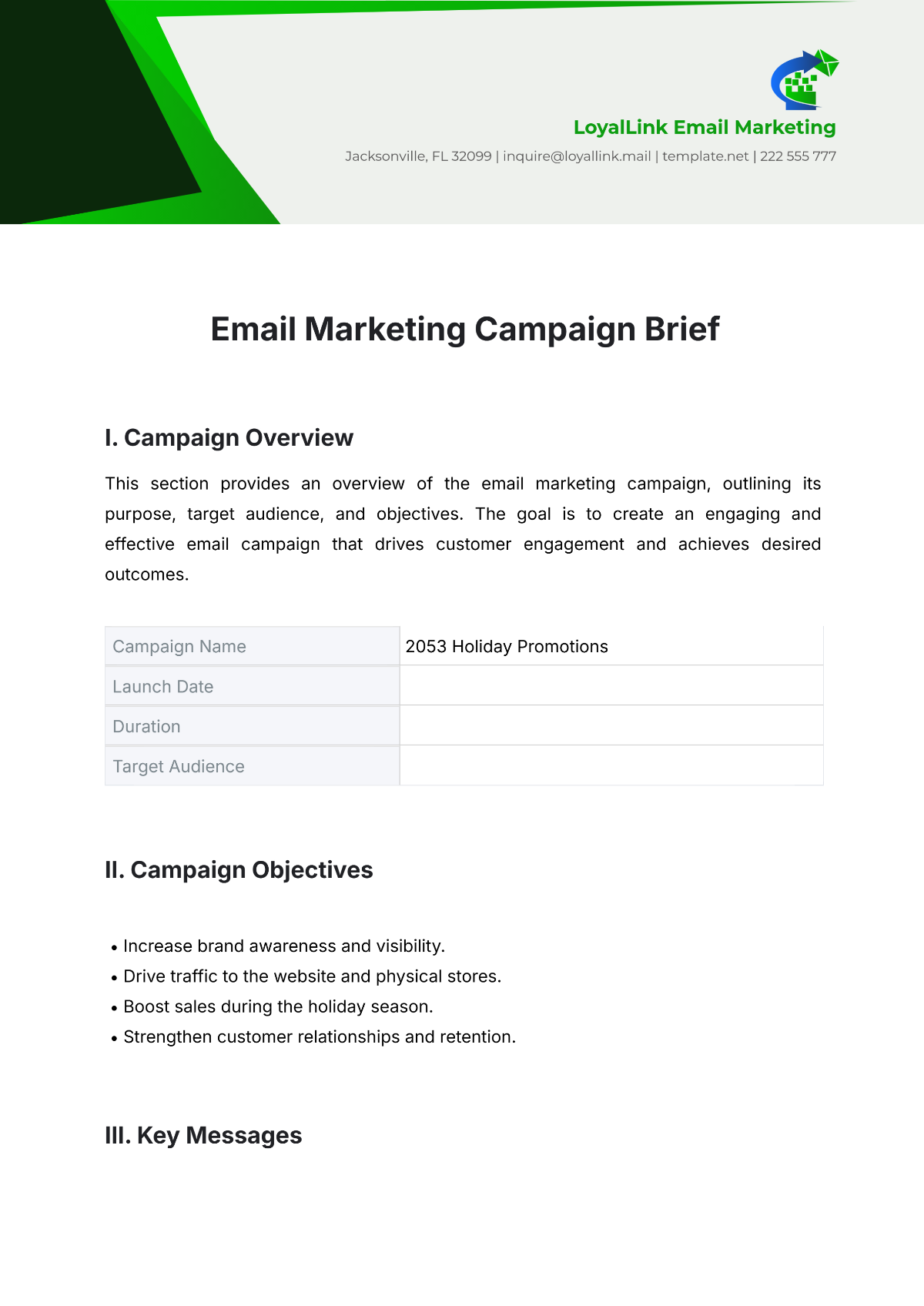Email Article
"Industry Updates: Emerging Trends and Developments in Renewable Energy"
Written by: [YOUR NAME]
I. Introduction
In the ever-evolving landscape of Renewable Energy, staying informed about the latest trends and developments is crucial for maintaining a competitive edge. As we move into 2055, several groundbreaking changes are set to redefine the industry, offering new opportunities and challenges. This article delves into the most significant updates and what they mean for professionals and businesses alike.

II. Key Trends Shaping the Future
A. Technological Advancements

The integration of advanced technologies is transforming Renewable Energy at an unprecedented pace. Key innovations include:
Artificial Intelligence (AI): Leveraging AI for predictive maintenance, optimizing energy distribution, and enhancing grid stability.
Blockchain Technology: Enhancing transparency in energy transactions and facilitating decentralized energy trading.
Advanced Energy Storage: Innovations in battery technology and energy storage systems are improving efficiency and reliability.
B. Market Shifts
Recent market analyses reveal notable shifts:
Increased Demand for Sustainability: Consumers and businesses are prioritizing renewable sources and sustainable practices to combat climate change.
Growth in Electrification: The push towards electrifying transportation and heating systems is driving demand for clean energy.
Expansion of Green Hydrogen: Green hydrogen is emerging as a versatile energy carrier with applications across various sectors.
III. Implications for Industry Professionals
A. Skills Development
As the industry evolves, acquiring new skills is essential. Key areas of focus include:
Digital Literacy: Proficiency in data analysis tools and energy management software.
Renewable Technologies: Understanding advancements in solar, wind, and energy storage technologies.
Regulatory Knowledge: Staying updated on regulations and policies impacting renewable energy.
B. Strategic Adjustments
Businesses must consider the following strategic adjustments:
Investing in Innovation: Adopting cutting-edge technologies to enhance efficiency and reduce costs.
Developing Strategic Partnerships: Collaborating with technology providers and research institutions to drive innovation.
Enhancing Resilience: Building strategies to address supply chain disruptions and regulatory changes.
IV. Conclusion
The renewable energy landscape in 2055 is set to be shaped by rapid technological advancements and evolving market dynamics. By staying informed and adaptable, professionals and businesses can leverage these changes to drive success and maintain a competitive edge. Keep an eye on these developments to ensure you are well-prepared for the future.

For further insights and updates, stay tuned to our upcoming articles and industry reports.
